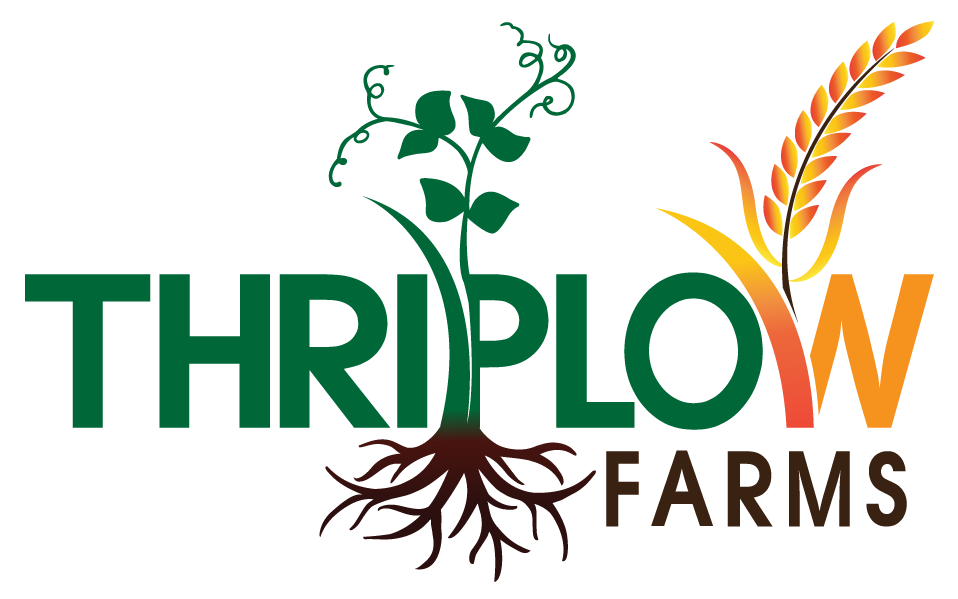WTFIH @ Thriplow Farms, February 2019
One of the well known benefits of being an arable farmer is the lack of work in the months around Christmas. By and large, that is true, and it’s the main reason why my life became so much easier when I decided to stop being a livestock farmer a few years back. However, just because there is less work, doesn’t mean there is no work.At the start of December we lifted our second, and possibly last ever, field of sugar beet. A couple of years ago the entire climate for sugar beet changed when the European market was opened up to the world market - something we had been protected from for decades. Inevitably, the world market prices are significantly less than what we were used to receiving. This, coupled with an increase in the price of every other crop we grow, and the fact that sugar beet really doesn’t fit in very well with our whole farming system, means we have decided to bin it. This would have been a very big deal five years ago, because farmers used to have to be in possession of a quota from British Sugar in order to be allowed to grow the crop; but that also fell by the wayside. This means it is much easier to stop growing sugar beet, as in the future we could probably start again just as easily - unlikely, but never say never.Anyway, the last field was harvested, with another poor yield, but as a consolation we managed to plant the following crop into what were very good conditions for mid-December. Historically we have always grown wheat after sugar beet, but this year we have mixed it up, and have gone with spring barley. The idea is that a spring crop will be better suited to utilising the truncated growing season which results from planting so late in the year.The dry conditions which allowed us to get onto the fields in December have continued all the way into the new year, and have actually persuaded me to do something which is totally alien to our normal methods: start our spring crop planting in January. This year we are growing spring peas, oats and barley. The peas definitely need to wait for warmer soils, probably in March, but the barley can deal with much cooler temperatures. So for the first time ever, we planted 33 hectares of barley in mid January, some two or three months before when we would normally do it. This can potentially give us higher yields come harvest, but if the weather over the next few weeks is particularly cold or wet, I may live to regret the decision.
